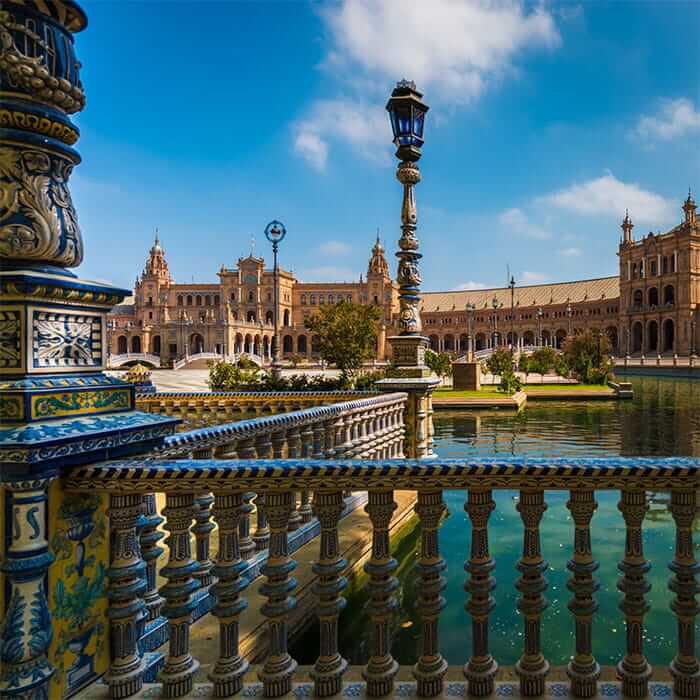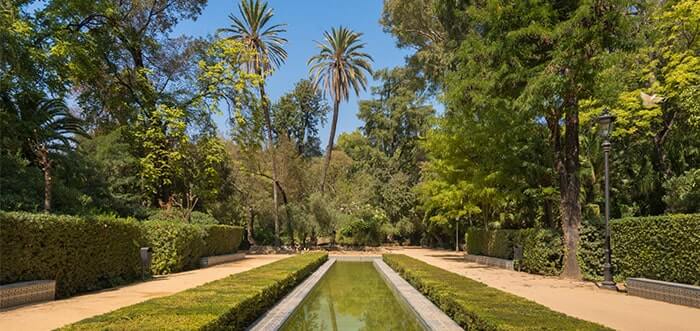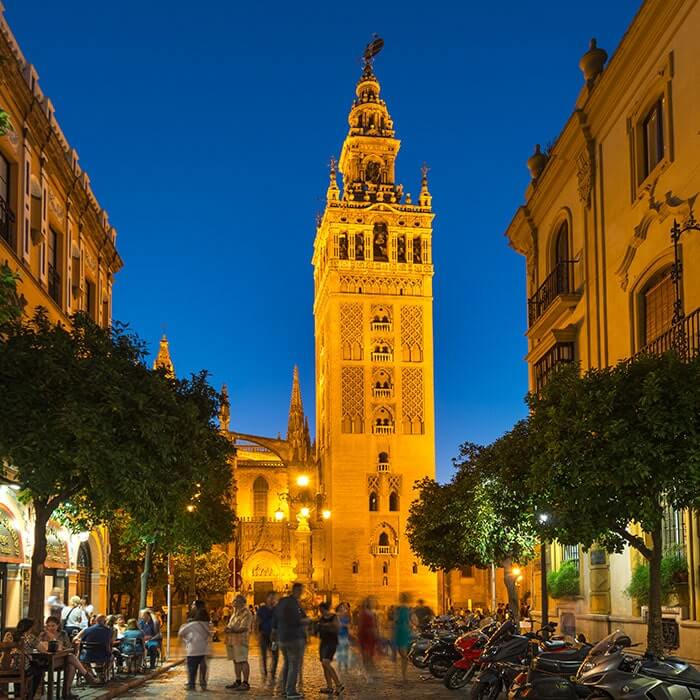Ornate Splendour
Spain has been a fully-integrated and wholehearted member of the European Union since 1986 so any enduring perception of the “real Spain” will seem to be rather clichéd – and even patronising. With the exception of Sevilla, that is...
When guidebook authors wax lyrically (and nostalgically) about traditional customs, languid siestas, passionate people, smouldering señoritas, dusty tapas bars, brooding gitanos (gypsies) and impromptu flamenco dance and song routines they have probably been spending time in Spain's fourth largest city, one of its hottest metropolitan areas, and the official capital of Andalucía (even if Málaga insists it is the more justified “tourist capital”).
International Movie Location
Straddling the banks of the Guadalquivir River, Sevilla lies in a fertile basin where the intense climate has helped shape its 2,000-year history and growth. It was called Hispalis by the Romans and was a relatively minor city at that time, gaining prominence when the Moors arrived in the eighth century.
The city is just a two-hour drive from the Costa del Sol to the south-east, with Portugal to the west and Cádiz and Jerez to the south.
It is renowned for its oranges, and the surrounding plains abound with citrus and olive groves, but the city is by no means reliant on the area’s abundant agriculture: it is also a significant financial and commercial hub, with a thriving tourism industry – and even “Hollywood” connections.
Plaza de España was used as a filming location for scenes from the 1962 film "Lawrence of Arabia"; for exterior shots of the City of Theed on Planet Naboo in "Star Wars: Episode II – Attack of the Clones" (2002); and for the 2012 film "The Dictator".

Picturesque city setting - Plaza de España
Day-Time Pursuits and Evening Pleasures
The height of summer in Sevilla brings with it some of the highest temperatures in Europe. The unrelenting sunshine makes for flawless blue skylines and evocative evenings, but it can also make daytime in Sevilla rather uncomfortable. Nevertheless, July and August are also the busiest tourist months, as the locals (or the ones who can) leave town for cooler climes.
Of course, there are ways and means of avoiding the often-oppressive Sevillian sun. In the cool shade of the attractive Parque de Maria Luisa (park), for one… Or perhaps under the ornate ceiling of the Cathedral of Sevilla, one of the largest mediaeval and gothic churches in the world… Or enjoying the cool interiors of the plentiful tapas bars that populate Sevilla's tightly-woven streets, the sun's unwanted rays repelled by reflective whitewashed walls and unable to infiltrate the deep narrow passages that comprise much of Sevilla's architectural character…
Cultural Melting Pot
If you must explore during the height of the afternoon sun, consider heading over the Guadalquivir River to Triana. A corner of town that flies under the radar of most tourists, the neighbourhood is both apart from Sevilla and integral to its make-up. Essentially an island in the heart of the city, Triana is home to the city's largest gypsy population, mixing its earthy architecture with some of the city's more aspirational neighbourhoods and thus creating a fascinating melting pot of cultures and architecture.

Sevilla's refreshing "green lung" - cool shade for visitors
Elsewhere, memories and remnants of the 1992 Universal Exposition of Sevilla can be found on the city's Isla de la Cartuja. Fifty-eight countries set up pavilions for the show, leading to some impressive architectural and design feats, most notably from the Japanese, whose pavilion was the largest wooden structure in the world. Recreations of palaces, mansions, lakes, boats and modernist cubes abounded, traversed by rivers and moats and all kept cool by an innovative micro-filter water air-conditioning system that lined the main streets and sprayed a cooling mist on visitors.
Authentic Dining Experience
Then, in October 1992, after wowing visitors for six months, the fair was over. Nations abandoned their temporary homes, taking the inner workings but leaving behind the structures. As a result, the effect today is rather startling, with a post-apocalyptic atmosphere hanging over the site. Conversely, right next to it sits the popular Isla Mágica theme park, which is a must-visit if you have little ones in tow.
And that brings us to night-time in Sevilla... After the searing heat of the day (at least in summer – not so asphyxiating the rest of the year), the city comes alive as soon as the sun’s rays vanish over the horizon.

Traditional authenticity in the heart of Sevilla
Although Sevilla suffers, like any major city, from its share of tourist traps, most eateries in and around the Old Town remain authentic. The rule is essentially, if it looks chaotic, busy and a little daunting, it's probably going to be fine. If it’s a pristine restaurant or sedate bar it probably should be avoided. In short, if the locals shun it, you should too. Affordable beverages abound, and the choice, inventiveness and deliciousness of the diverse tapas dishes available throughout the city make it well worth the effort of seeking out these places, and drumming up the courage to enter – even if your Spanish is limited or non-existent.
As night melts into morning, many of the city’s excellent underground bars and clubs will still be in full swing, so simply follow your ears or your new-found friends – there are hundreds of venues to choose from.
Would you like to find the property that's perfect for you?
 en
en





 Vlaams-Nederlands
Vlaams-Nederlands